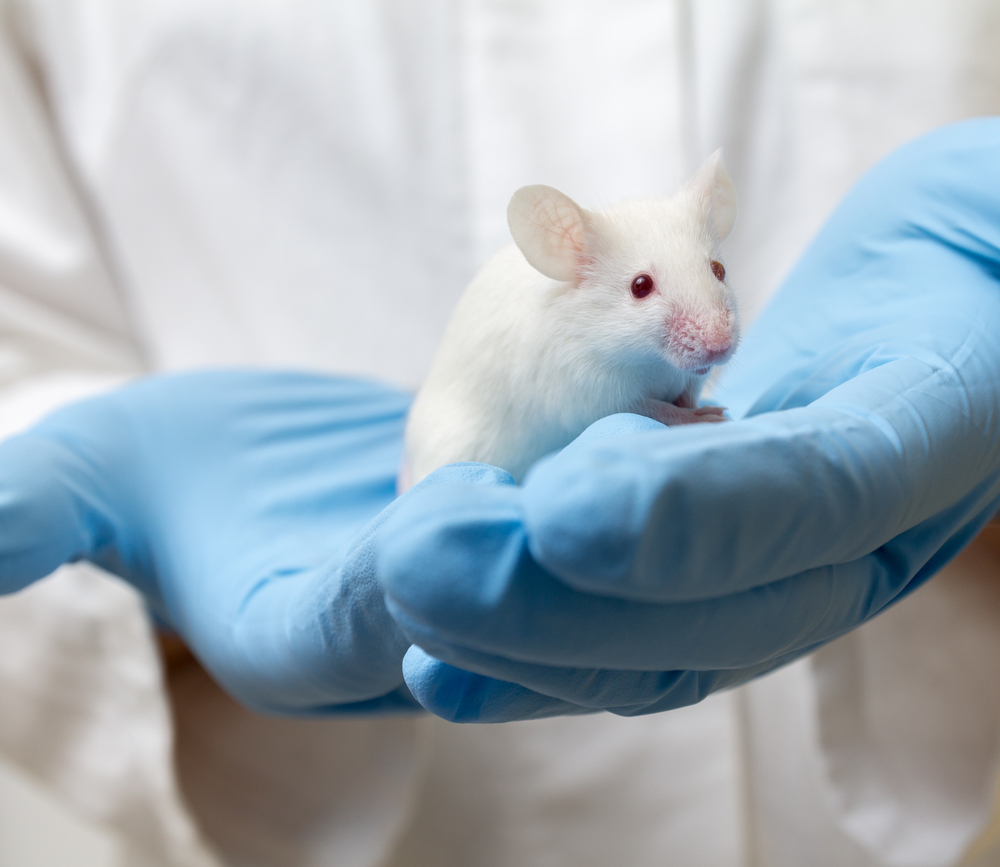3 Potential Blood Biomarkers of SMA Severity Validated in Study in Mouse Models

Researchers have validated three potential spinal muscular atrophy blood biomarkers as able to measure disease severity in mouse models of severe and intermediate forms of SMA. But the three do not appear to allow for monitoring of treatment response.
The study, “Evaluation of potential effects of Plastin 3 overexpression and low-dose SMN-antisense oligonucleotides on putative biomarkers in spinal muscular atrophy mice,” was published in the journal Plos One.
With a disease-modifying SMA treatment now available — Spinraza (nusinersen) by Biogen — and other potential therapies advancing in development, a need exists for reliable biomarkers of SMA that distinguish among its different types by severity and can monitor disease progression and treatment response in these patients.
A study supported by the SMA Foundation, called the BforSMA study, involved more than 100 SMA patients with varying levels of severity, and identified several potential SMA biomarkers that significantly associated with motor function. Twenty-seven of these have been validated, and 10 were recently analyzed in a mouse model of a severe form of SMA.
Now, researchers in Germany and the U.S. evaluated the potential use of SMN (the protein lacking in SMA) and the potential six SMA biomarkers identified in the BforSMA study – COMP, DPP4, SPP1, CLEC3B, VTN, and AHSG – to distinguish SMA severity and monitor treatment response in mouse models of severe or intermediate forms of SMA.
Ask questions and share your knowledge of SMA in our forums.
The team analyzed the protein levels of these molecules in the blood of the SMA mice and in mice either treated with low-dose Spinraza — an approved therapy to restore SMN levels — or genetically altered to have higher than normal levels of plastin 3 (PLS3).
The PLS3 protein was found to act independently of SMN and to be a strong protective factor against SMA in children with SMA-related mutations, and in several mouse models of SMA.
Inducing higher-than-normal levels of PLS3 in the mouse models was shown to revert disease symptoms, suggesting that it could potentially be a therapeutic strategy for SMA.
Researchers found that SMN levels were strongly associated with disease severity and progression. Among the six potential SMA biomarkers, only COMP, DPP4, and SPP1 were significantly lower in these SMA mice and associated with SMN levels. COMP and DPP4 also showed a strong association with SMA severity, while SPP1 showed a moderate association.
These results suggested that COMP, DPP4, and SPP1 may be reliable biomarkers of SMA disease severity and progression, much like SMN protein levels.
However, treating the mice with Spinraza or introducing higher levels of PLS3 had no effect on blood levels of SMN or the six biomarkers in SMA mice.
This may be explained by the fact that PLS3 is present more in solid tissues than in the blood, the researchers said, and that Spinraza-like molecules first accumulate in the organs, with blood cells showing a lower response to them.
In other words, the potential therapeutic benefits of these approaches may not be accurately assessed through blood levels of these specific biomarkers, they said.
The team noted that additional studies are necessary to evaluate these biomarkers in large groups of SMA patients, to clarify the impact of Spinraza on blood levels of these biomarkers in patients, and to assess the best timeframe for biomarker analysis.







